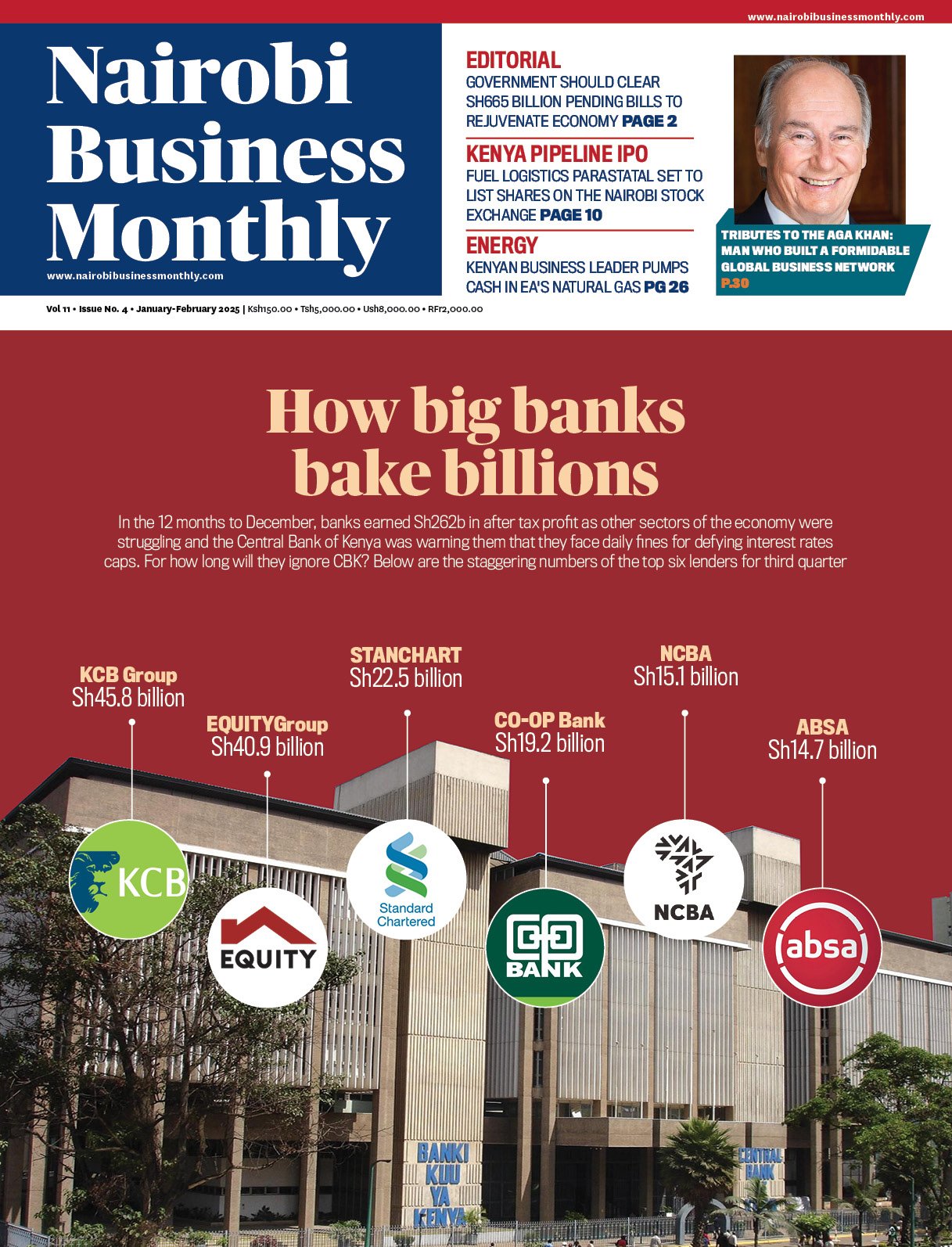By Victor Adar
Ranked second behind South Africa for clean energy investment in Africa and sixth globally, Kenya’s search for cleaner energy spells her a new dawn. It is all of excellent wind, solar and geothermal resources alongside a government and business community that are committed to continuing industrial growth.
Although the potential is vast, we still have a long way to go as far as large-scale renewables is concerned. At a panel briefing and networking reception held on June 9 at a Nairobi hotel where some of the industry’s thought-leaders came together for an informative session on the opportunities, possibilities and challenges of the exciting energy industry, it was more of “a land” conversation.
The complex manner in which the lands are acquired – at times landowners are poorly paid, others get double compensation. Another is the court process, the community not having a stake, and the history of Kenya where someone would come out of the blues with documents showing that they are legal land owners, and cases of well connected entities against the project then delaying the works by polluting minds of the people at the grassroots.
Consequently, the most sensational bit of the schemes that malign projects in order to benefit themselves is the fact that they usually have their own vested interests, cutting out the community at large. Such has been the negative influence within communities that even make investors shy away from starting projects. It is the poor who is missing out in the end. Whenever projects fail to take off after a couple of years, investors will still be seen sitting in hotels saying how well thought out energy initiatives didn’t help only because of the elephant in the room – land.
But amid the gloom, top players at the renewable energy panel pushed for the idea of giving equities to land owners. If this lot have a stake, it will be good, as they will lend a deaf ear to the schemes that poison their mind since they will be gaining big time. This suggests that whenever people fight projects, it takes years to see the fruits. The joke in the room was that as a developer, you have papers then someone comes up with “the papers” claiming the same land. That is why experts in the sector ought to use the right medicine for the right problem.
In Rwanda, it is different. The issues of land are removed from developer to the government – it is the government’s prerogative to do resource allocation and look for the land. So it becomes private-government partnership.
According to Charles Muchunku, Chairman, Kenya Renewable Energy Association, the key objectives of industry stakeholders should be to improve the business environment for renewable energy in Kenya, and develop infrastructure so that renewable power can feed into the main grid. He further highlighted the need for adequately addressing policy challenges within this nascent industry particularly around land rights.
Despite the land issues, Kenya is still the leading hotspot as players continue to invest heavily on clean energy. Robert Wilson, Director Emerging Markets Green Power, says they are always on the lookout for the next growth market. Increasingly, Kenya is featuring higher and higher on their list of where this could be. “From investors to developers and service providers,” he says, “there’s a real belief that Kenya’s renewable energy sector is on the brink of sustained, long-term growth.”
In coming to Kenya, they want to be a part of this and help build a platform for the entire value chain to deliver cost effective clean energy but questions still linger. What makes Kenya an attractive investment opportunity for renewable energy?
It is a bout the most talked about 1000% increase in electricity by 2033 under the least-cost power development plan, the $1.3 Billion to be invested in transmission infrastructure in the next four years, the country being ranked second for clean energy investment in Africa and the 10gw geothermal potential.
Further, zero rated import duty and removal of VAT from renewable energy equipment as well as Kenya’s “2030 Vision” targeting 5gw of Geothermal Power, 3gw of Wind and 500mw of Solar PV to be grid connected puts the country on the right path. These conditions are not going unnoticed on the global stage.
Indeed, German bank, Deutsche Bank has earmarked a US$500 million (Sh5 billion) fund towards investing in renewable energy locally. Here at home, Strathmore University hit a milestone with its 600kw solar project, which is seen as a landmark blueprint for commercial, industrial and utility projects to come. Professor Izael De Silva from Strathmore said that their brand has been on the forefront of offering solutions to current challenges in the society.
Blazing the trail in the use of natural energy sources gives them an opportunity to be a change agent, showing institutions how this can be done in a commercially viable fashion. Silva says: “the Solar PV system at Strathmore will also be a hands-on training tool for training engineers with practical learning experience so much needed in Kenya. This will have a positive impact in the building of the solar industry in our country and the East African region.”
All these initiatives would appear to suggest that high-energy costs ought to be a thing of the past. For lower tariffs, auctions is the way to go. The panel said that the best way to bringing the cost of power lower for the end user is via auction where the government must work with the lowest bidder. The experts argued on the theory of wind in two different locations having to have two different tariffs.


